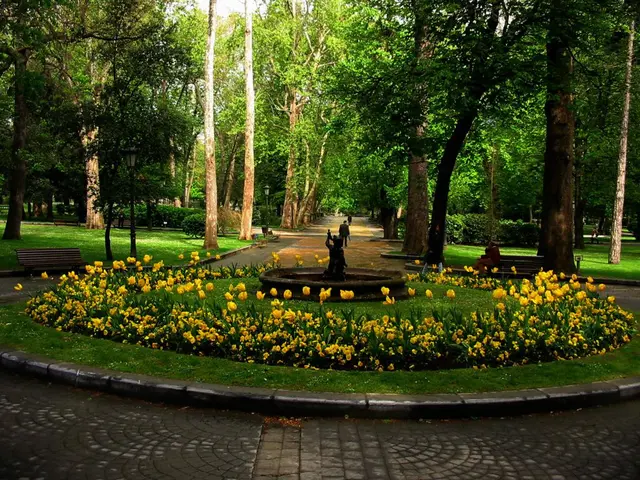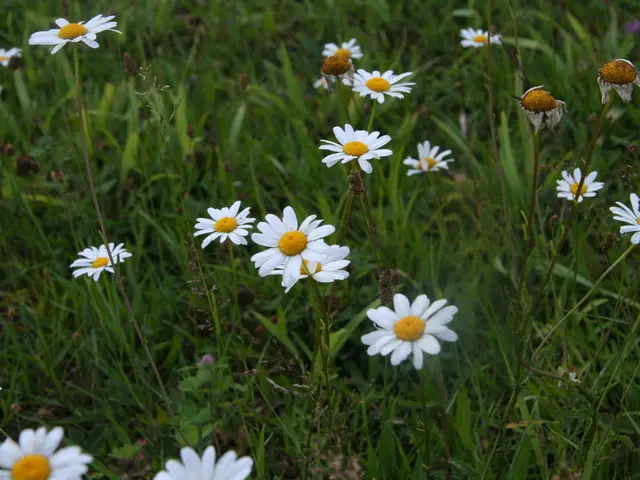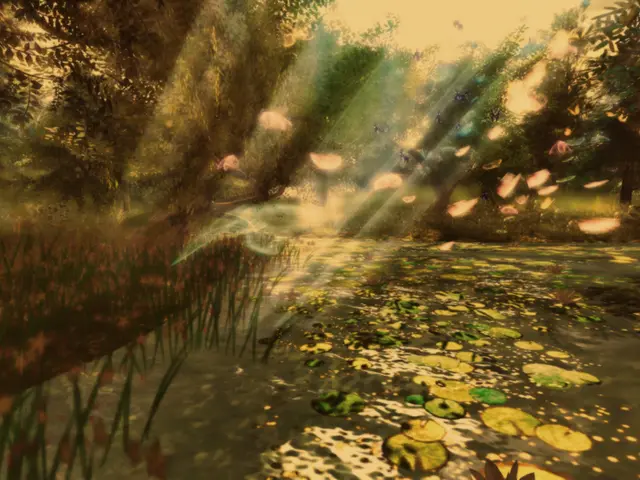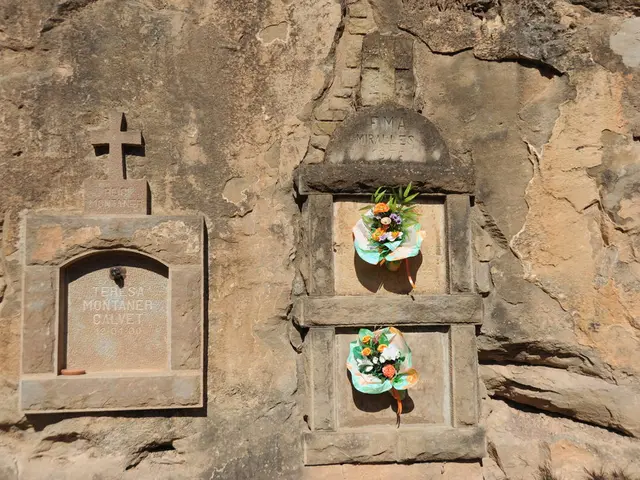Blooming Tajinastes, Starlit Nights, and Observatory Visits at Roque de Los Muchachos
Experience the Spectacular Blooming of Tajinastes in La Palma: A Symphony of Nature, Science, and Astronomy
High in the volcanic landscapes of La Palma, the arrival of spring ushers in an extraordinary sight: the blooming of the endemic tajinaste plants. These giant flowers, only found in certain islands of the Canary archipelago, have transformed the island's high terrain into a botanical paradise.
A walk among the tajinastes, amidst the clearing skies and the enveloping silence, combines nature, science, and emotion into a unique encounter. At dusk, the clearest sky in Europe unfolds above you, offering a breathtaking view of the stars. Visits to the Roque de Los Muchachos Observatory allow you to immerse yourself in this awe-inspiring connection between landscape, botany, and astronomy.
Coming to La Palma in May or June offers a double spectacle: by day, the tajinastes; by night, the stars. This fusion is the very essence of the island's character, showcasing the harmonious blend of ecotourism and astrotourism.
But what exactly are tajinastes, and why are they so special? Belonging to the genus Echium, the species that spectacularly blooms on the peaks of La Palma is the Echium perezii. These plants grow exclusively in high volcanic areas, such as the Parque Nacional de la Caldera de Taburiente and the surroundings of the Roque de Los Muchachos. Tajinastes are endemic species, found nowhere else on Earth, their geographical isolation, altitude, and specific climatic conditions having favored their exclusive evolution on the island.
The Parque Nacional de la Caldera de Taburiente is the green heart of La Palma and one of the most spectacular natural spaces in the Canary Islands. Scenic hiking trails and panoramic views dot the area, while the peak of Roque de Los Muchachos (2,426 meters) offers a bird's eye view of the entire park and, on clear days, other islands in the archipelago. The peak is not only ideal for hiking but also houses one of the most important scientific installations in the Northern Hemisphere: the Observatorio del Roque de Los Muchachos.
In addition to its scientific significance, the Observatorio del Roque de Los Muchachos is a testament to the harmonious coexistence of science and nature. From the Centro de Visitantes del Roque de Los Muchachos, located right on the observatory's outskirts, you can begin a guided tour to learn about the telescopes and the universe. The gardens of the center itself are home to dozens of tajinastes, affording visitors the opportunity to observe them up close.
Responsible tourism is essential when visiting the tajinastes in bloom. Ecotourism in La Palma promotes conservation efforts, respect for trails, and the safeguarding of this fragile environment. The blooming season in May and June is brief, making this moment a once-in-a-lifetime experience. The combination of volcanic landscapes adorned with flowers, the silence of the high mountains, and the opportunity to gaze at the clearest sky in Europe make these moments truly unforgettable.
If you wish to enjoy this natural phenomenon and learn at the same time, we recommend starting your experience at the Visitor Center of Roque de Los Muchachos, where you'll receive detailed information about the surroundings, local flora, and telescopes. From there, you can begin hiking trails in the National Park of Caldera de Taburiente or the nearby Natural Park of Las Nieves. The café at the center is currently not operational, so we recommend bringing water, some food, and warm clothing, even in summer: you're at high altitude.
Welcome to La Palma, where nature, science, and beauty await you. Be prepared to experience the most spectacular spring in the Atlantic.
In the botanical paradise of La Palma, other endemic flowers like the tajinastes, part of the science of botany, thrive in the high-altitude volcanic landscapes. A responsible visit to home-and-garden spaces such as the Centro de Visitantes del Roque de Los Muchachos not only allows a closer look at these unique plants but also immerses one in the harmonious coexistence of science and nature.
While exploring the Observatorio del Roque de Los Muchachos, one can appreciate the lifestyle of La Palma, emphasizing sustainability and conservation, as they learn about the universe through telescopes and engage in gardening activities by observing the tajinastes up close.








